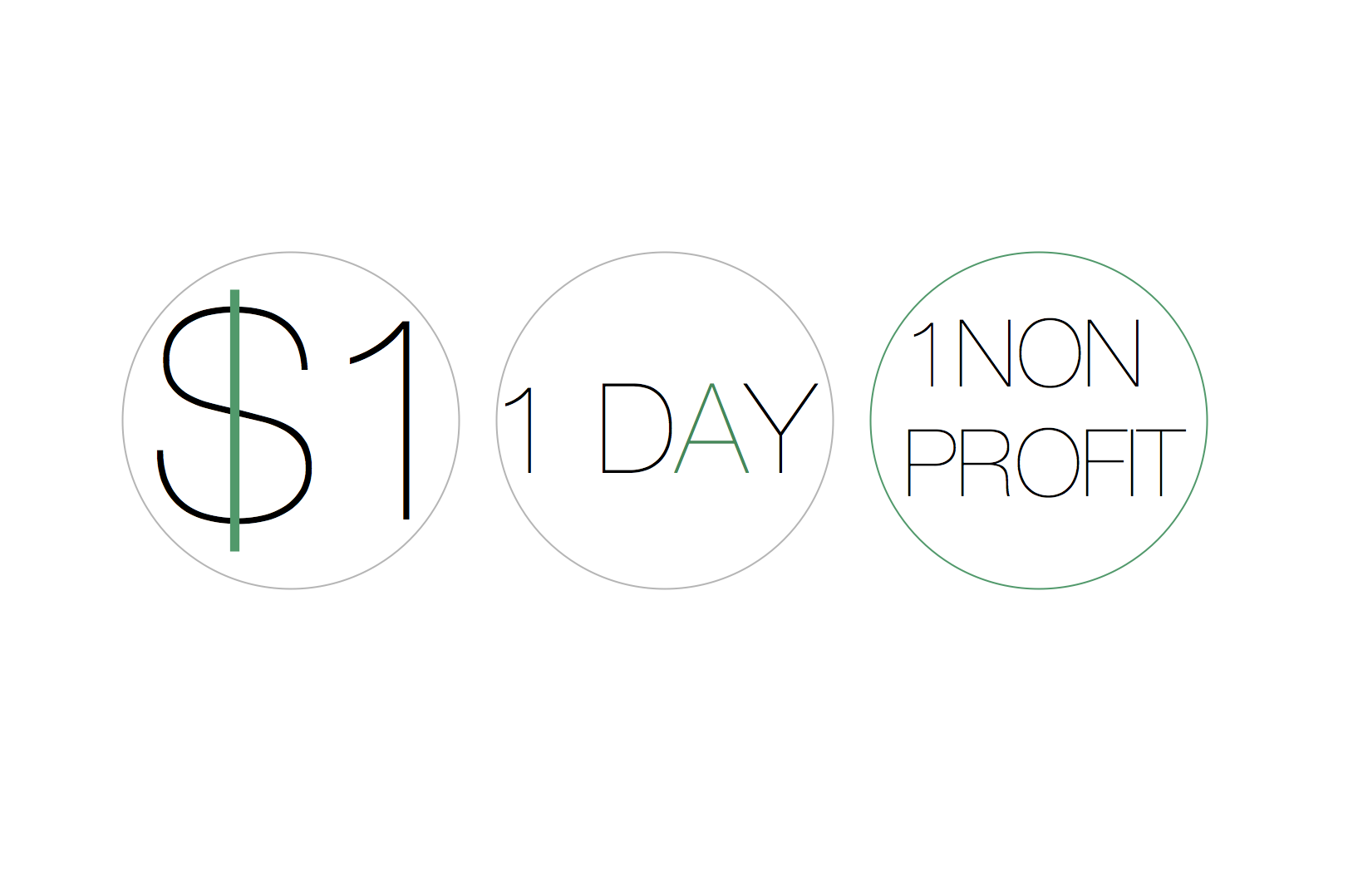How To Effectively Communicate Your Impact
Quantifying impact is oftentimes an ongoing challenge for nonprofits, particularly when social impact can be difficult to put a number on. And while the process typically requires you to continually refine your metrics and adjust how you articulate your impact, at the end of the day, your constituents need to understand how you’ll transform their donation into real impact and how your past performance qualifies you to manage that investment effectively. We recommend adopting the following three best practices when creating messaging to showcase the change your organization is making.Quantify the Need
You’re asking your constituents to help you make the world a better place — but what are you specifically changing and why is it important? The Greater Chicago Food Depository, Chicago’s food bank that is working to end hunger in the area, documents the specific need in the community that they serve. Across Cook County, IL (where Chicago is located), 1 in 6 men, women, and children, or 812,000 residents total, rely on assistance from the nonprofit’s network each year. The organization also provides a map that details where the food insecurity rate is greatest throughout the county. How does this organization make such a feat possible? Organizational diagrams help supporters understand how 68 million pounds of food each year gets to the people who need it most.Another example of an organization who quantifies their impact successfully is charity: water. In addition to their powerful storytelling techniques, charity: water quantifies the need for their cause right off the bat in the instructions for starting a campaign, “See that 663 million people don’t have clean water, and decide to help.” Placing this statistic right up front immediately gives viewers an understanding of the magnitude of the issue and a sense of accountability to solve it. Their cause and impact is further quantified on their Why Water? page, which gives visitors a continued in depth and easy to digest look at the cause and change required.Provide your constituents, both current and future, with an understanding of the specific need you are addressing as well as the breadth of the issue. Giving your donors a better sense of what you — and they — are working towards will help you make a more compelling case for support.Tie Actions to Accomplishments
In many cases, the “quantify the need” process can be staggering and overwhelming. Some constituents may ask – how could my $50 donation possibly make a dent? This is where your strategic messaging plays a big role. Show your constituents both how their individual contribution impacts the cause as well as how your collective fundraising efforts (that they were a part of) created real, lasting impact. Kiva, a micro-lending organization that links constituents (lenders) to borrowers around the world, allows its users to specifically select which borrowers they would like to lend to. That money is then sent to a local micro-finance institution that administers the loan to the selected borrower. With this model, constituents know exactly where their money is going — whether it’s to help a family buy inventory to stock their store or purchase a cow to generate dairy products to sell. And with a repayment rate of 98.46%, most Kiva lenders are able to reinvest those dollars to even further expand impact.Kiva’s constituents get a sense of how their actions collectively create change via Kiva’s annual report. This web-based summary provides both statistics on the total amount borrowed, the total number of borrowers, and a transparent look at the organization’s financial health. Additionally, Kiva provides the percentage of catalytic loans, or loans that would not have otherwise happened without Kiva, as well as how each statistic has changed compared to last year. These insights not only help constituents gain a better understanding of what they’re investing in, but also help show how the organization has grown and generated change over time. Demonstrate Your Effective Use of Funds
Showing donors how their actions have created a difference helps your constituents develop trust in your organization, but many current and potential donors need a more in depth look at how you’re spending their money to feel fully confident and willing to invest in a better world through your organization.In addition to providing access to financial statements and a breakdown of both revenue sources and operating expenses, World Vision, a worldwide humanitarian organization, demonstrates exactly how your dollar is spent: 60 cents goes to local programs that care for children and build up their communities and 40 cents is invested in global systems that generate an additional 68 cents worth of grants and donated goods. This type of breakdown complements the expected financial statements and helps donors understand what types of costs their dollar is covering as well as how the organization is leveraging that dollar to create even more impact.As you communicate your organization’s impact through various channels whether it’s through an annual report, social media, or the impact page on your website, be sure to consider how these numbers fit within your nonprofit’s larger story and use them to captivate your audience with the help of visuals such as infographics (Tip: Venngage is our go -to source for creating great looking infographics), maps, and photos of participants, volunteers, and survivors. Also be sure to make your impact metrics easy to find. Your constituents — both existing and potential — don’t want to dig through countless web pages to understand the need, how their actions help, and your ability to manage their donations, and besides, you’re making big things happen in the world, why not share that with everyone you can?
Share this
You May Also Like
These Related Stories
Need Knows No Season

What Construction Can Teach You About Measuring Impact



No Comments Yet
Let us know what you think